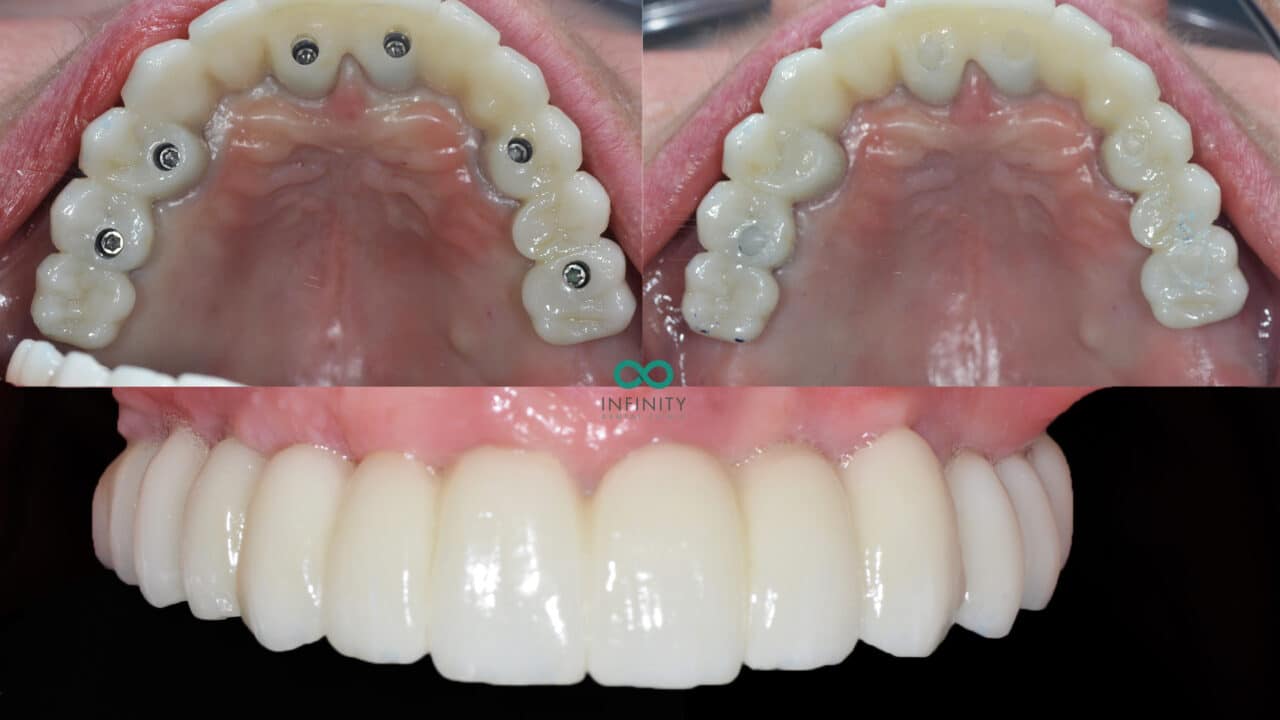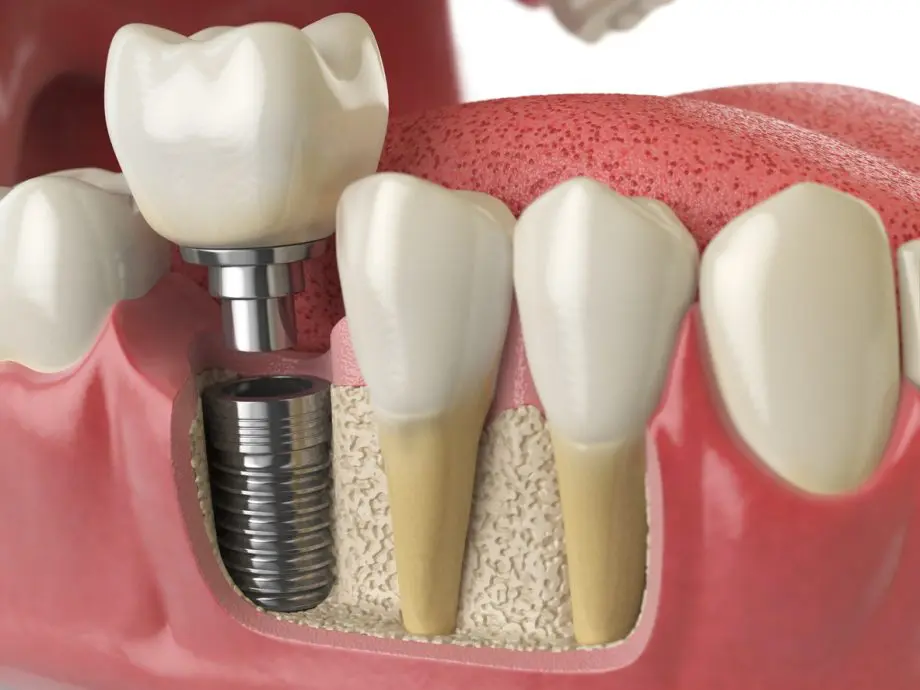Dental Implants Wyoming MI - Dental Implants for Multiple Missing Teeth
Dental Implants Wyoming MI - Dental Implants for Multiple Missing Teeth
Blog Article
Cheap Dental Implants Wyoming MI - Dental Implants - Benefits, Types, Cost
The journey toward dental implants begins with a radical assessment of the jawbone's condition. When there's insufficient bone density to support an implant, bone grafting becomes a vital process to recreate a steady foundation. Understanding he has a good point how a lot bone grafting is needed for dental implants tremendously influences the image source treatment plan, timeline, and overall success rate.
The amount of bone grafting required is determined by multiple factors, together with the extent of bone loss, the implant's dimension, and the precise location throughout the mouth. In cases of great bone loss because of periodontal illnesses, trauma, or extended tooth loss, more in depth grafting could also be needed. Conversely, if the bone loss is minimal, a smaller graft could suffice.
Dental Implant Dentures Grandville MI - Dental Implants: Surgery, Advantages, Risks, & Insurance
The evaluation process sometimes includes imaging studies such as X-rays or 3D scans, allowing the dental skilled to visualise the bone structure (Full Mouth Dental Implants Wyoming MI). These pictures help in figuring out the standard and quantity of current bone. If the bone is deemed insufficient, the dentist will then define the suitable grafting procedures
Grafting may be sourced from numerous areas. Autografts, which involve harvesting bone from the affected person's personal body, are sometimes deemed the gold normal. These offer glorious integration with the prevailing bone but come with the downside of additional surgery. Other choices embrace allografts, which use donor bone, and artificial materials designed to imitate natural bone. Each option has its personal implications on therapeutic and success charges.
After determining the mandatory amount of bone grafting, the dental professional will create a tailor-made plan for the affected person. This plan may embrace the timing of bone grafting in relation to the implant placement. In some circumstances, a graft can be performed simultaneously with the implant surgery. Alternatively, in additional sophisticated situations, a separate therapeutic period is indicated.
Healing timelines differ based mostly on the individual's health, the extent of grafting, and the type of graft used. Generally, the therapeutic of a bone graft takes several months before an implant may be placed. During this time, bone regeneration happens, leading to a steady base for the implant.
Dental Implant Holland MI - Dental Implants: Surgery, Purpose & Benefits
Patients often wonder about the risks related to bone grafting. While problems corresponding to infection or graft failure are potential, these events are comparatively uncommon. Adhering to post-operative care directions and attending follow-up appointments reduce risks and promote therapeutic.
Once the bone has adequately healed, the dentist assesses the graft's success by evaluating the bone density and stability. If every little thing appears favorable, the next steps towards inserting the dental implant can begin. The success of this next step largely hinges on the standard of the bone graft and its integration with the encompassing bone.
Cost issues play an necessary role within the decision-making process. The expense of bone grafting varies based on supplies used, the complexity of the case, and geographic location. It is crucial for sufferers to discuss funds upfront to keep away from unexpected payments later within the therapy.
Implants Dental Near Me Muskegon MI - How Much Do Dental Implants Cost? (2024)
Also, sufferers should have realistic expectations regarding the timeline and outcomes. Many components can affect how much bone grafting is required and its general effectiveness. A collaborative strategy involving the affected person and the dental team not solely ensures readability but in addition enhances the chances of a profitable end result.

Maintaining good oral hygiene and common dental visits following the procedure is vital. These practices can prevent issues and be sure that both the graft and the implant stay steady over time. The ongoing relationship with a dental skilled is essential, particularly within the months following the procedures.
In conclusion, understanding how much bone grafting is needed for dental implants encompasses a multi-faceted strategy that considers bone quality, grafting types, therapeutic time, and total affected person health. The stability between reaching the specified aesthetic and useful outcomes whereas minimizing risks and issues is on the heart of dental implant procedures. The journey may be extensive, but a well-planned strategy maximizes the possibilities for a successful, long-lasting result in restorative dental work.
- Determining the amount of bone grafting required for dental implants often hinges on the initial bone density and volume of the patient's jawbone.
- Each affected person's case is exclusive; components similar to earlier extractions, periodontal disease, or trauma can influence the need for grafting.
- A 3D imaging scan is typically performed to evaluate the precise dimensions of the obtainable bone and inform the grafting technique.
- The kind of dental implant placement—immediate or delayed—may dictate the quantity of bone grafting necessary for stability and integration.
- Different kinds of graft materials, such as autografts, allografts, or synthetic options, can impression how much grafting materials is required.
- Assessing the patient's general health, age, and lifestyle habits can have an result on the therapeutic process, influencing graft volume necessities.
- The depth and placement of the implant can necessitate varying amounts of graft material to safe optimal outcomes.
- Successful integration of the dental implant often depends on sufficient bone density, leading to a tailored grafting method for every individual.
- Consultation with an oral surgeon will present a clearer estimate of the bone grafting needed based mostly on comprehensive evaluations and imaging outcomes.
- Post-grafting healing time varies; thus, a cautious analysis is important to discover out the final amount of grafting required for successful implantation.undefinedHow much bone grafting is needed for dental implants?
Affordable Dental Implants Near Me Jenison MI - Dental Implants: Surgery, Purpose & Benefits
What is bone grafting and why is it necessary for dental implants?undefinedBone grafting is a surgical process that adds bone or bone-like material to the jawbone. It is necessary for dental implants when the prevailing bone is insufficient to assist the implant, making certain stability and long-term success.
How do I know if I need a bone graft for dental implants?undefinedYour dentist or oral surgeon will evaluate your jawbone through x-rays or 3D imaging to discover out its density and quantity. If they find that you lack sufficient bone, they may suggest a bone graft before proceeding with the dental implant.
Dental Implants Near Me Grand Haven MI - Dental Implants: Tooth Replacement Solution
What elements affect the amount of bone grafting needed?undefinedFactors include the size and site of the implant site, the health and density of present bone, and individual therapeutic capacity (Implants Dental Implants Grandville MI). These elements assist the dentist determine the appropriate quantity of graft material wanted
Are there various kinds of bone grafts used for dental implants?undefinedYes, there are several varieties, together with autografts (from your individual body), allografts (from a donor), xenografts (from animals), and synthetic graft supplies. Each sort has distinctive advantages and can be chosen primarily based on particular person patient wants.
Dental Implant Dentures Grandville MI - Multiple Tooth Dental Implants
How long does the bone grafting process take?undefinedThe duration varies primarily based on the complexity of the grafting process and the extent of the realm treated. Generally, a bone grafting procedure can take anywhere from 30 minutes to a couple hours, depending on the specific circumstances.
What is the recovery time after a bone graft for implants?undefinedRecovery occasions can differ, but typically, preliminary therapeutic might take a few weeks, while complete integration of the graft with the bone can take a number of months. Your dentist will present a personalized timeline based mostly on your scenario.

Will I experience pain after the bone grafting procedure?undefinedSome discomfort is common after a bone graft, however it's typically manageable with prescribed pain medication. Most patients report that pain diminishes significantly within a number of days.
Dental Teeth Implants Grand Haven MI - Dental Implants services
How does bone grafting have an effect on the general dental implant timeline?undefinedBone grafting may lengthen the general timeline for receiving dental implants, as it requires a healing interval before implants can be placed. This can add a number of months to the process but is essential for a successful implant placement.

Are there risks related to bone grafting for dental implants?undefinedLike any surgical procedure, bone grafting carries some risks, similar to infection, graft failure, or problems related to anesthesia. However, when performed by an skilled skilled, these risks are typically low.
Can I have dental implants placed immediately after a bone graft?undefinedIn many instances, dental implants cannot be positioned instantly after a bone graft as a result of want for the graft to combine into the existing bone. However, some strategies, like instant loading, could permit for this underneath particular conditions. Your provider will advise you on the best choice primarily based in your circumstances.
Report this page